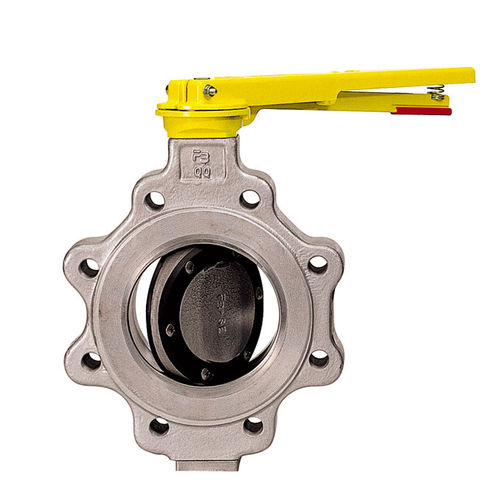GAS VALVES
BF 32
BF32 butterfly valves are interception devices for average/low pressure gas pipelines.
They may be used also for intercepting liquids when a hermetic seal, low pressure losses and compact construction in the flow direction are required.
The special features of these valves are as follows:
• Hermetic internal seal with shut valve
• Low pressure losses
• Can rotate butterfly through 360° so the seat is self-cleaning without removing the body from the pipe
• Not fitted permanently to pipe, as both flow directions are possible
• Butterfly with sealing ring
• Chromium-plated body spherical seat for longer life with hermetic internal seal and low control torques
• Highly reliable
• Built to UNI 9245 standard
• Face to face according to UNI 9245 and ISO 5752, MSS - SP 67, BS 5155-74 standard
Functional features:*
¢ Maximum working pressure: 16 bar (UNI PN16) - 19 bar (ANSI 150 RF)
¢ Working temperature: -10 ÷ +150°C
¢ Fluids: Gas, compressed air, hydrocarbons
Design features:
¢ Nominal dimensions DN: DN 50 ÷ 250
¢ Flanged connections: UNI PN16; class ANSI 150 RF
Materials: **
¢ Body: ASTM A 105
¢ Butterfly: ASTM A105
¢ Stem: AISI 410
¢ Fixing screws for sealing ring: AISI 304
¢ Sleeve: Self-Lubricating Sleeve
¢ Reinforced sealing ring: VITON
NBR (Only on request)



